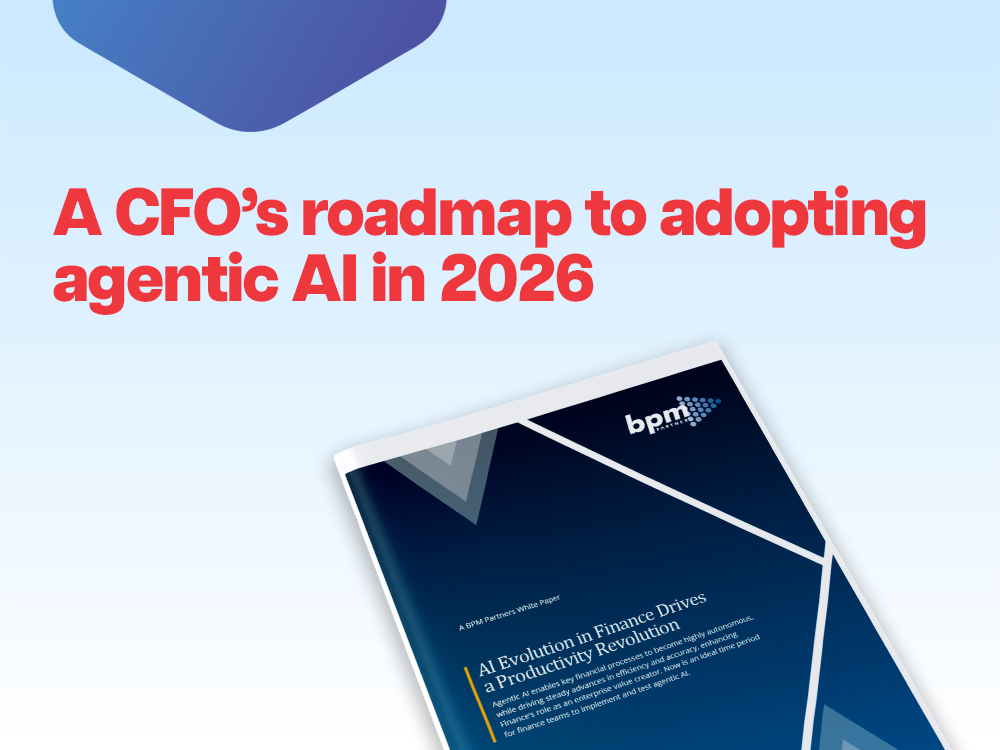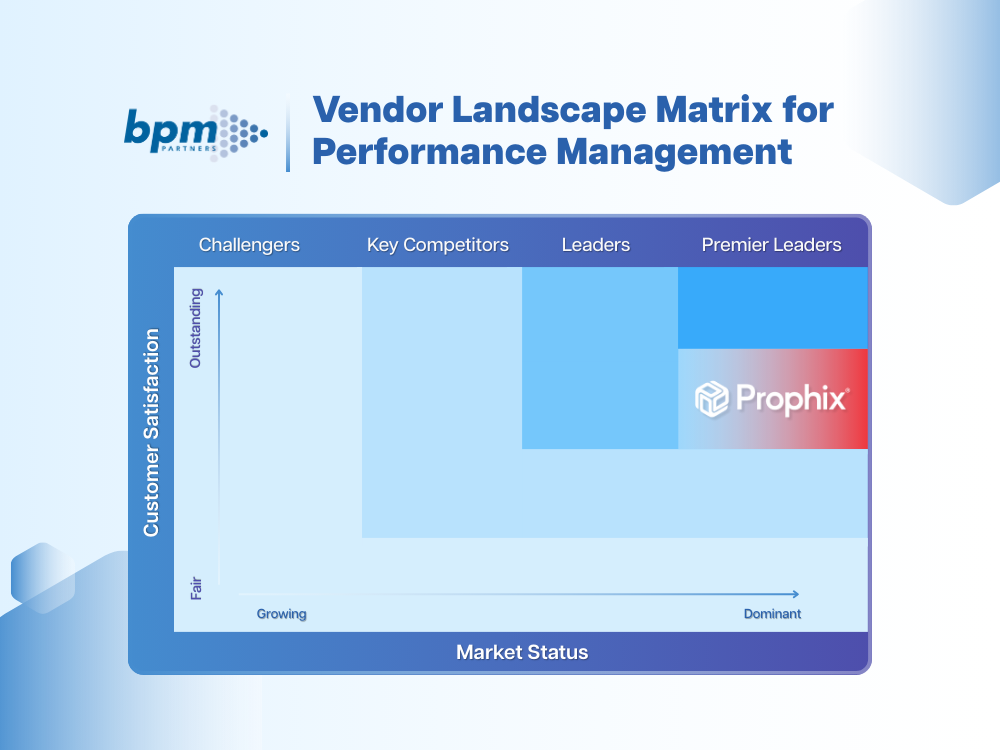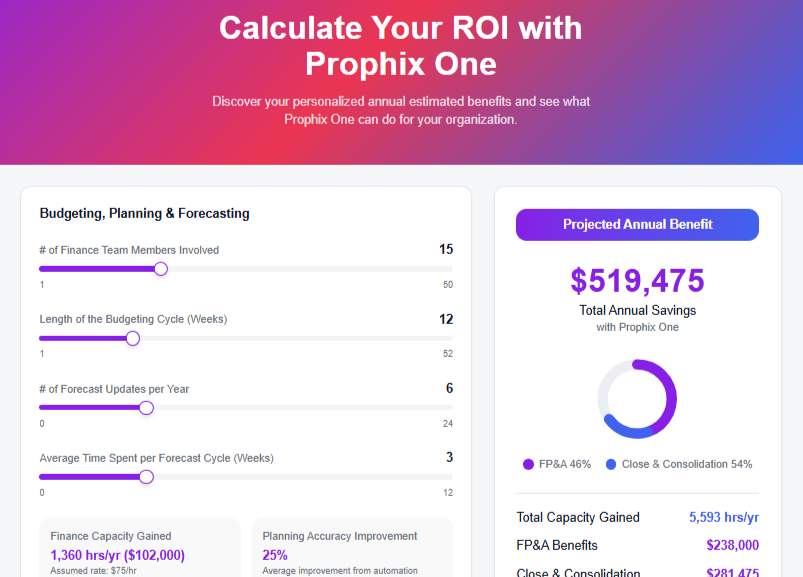Download Analyst Report
A finance leader’s guide to modern planning
Get a first look at The Financial Planning Playbook: six tactics for forecasts that stay current when rates, FX, or tariffs move.
September 18, 2025Planning season has a way of showing weak spots. Rates move. FX shifts. New tariffs announced mid-cycle. Finance teams still work in quarterly rhythms with scattered inputs, so plans fall behind reality.
That’s why we created The Financial Planning Playbook: 6 Tactics for Smarter, Faster Forecasts in 2025. It gives finance leaders practical steps to tighten the cycle, respond to market signals quickly, and keep decisions grounded in a current view.
Here’s a preview of what you’ll find inside.
Why is planning harder than ever?
Annual budgets and fixed quarterly updates create lag, rework, and late-stage reconciliation when assumptions change. In fact, 95% of CFOs say policy uncertainty is affecting decision-making, yet many planning processes still assume stability. The playbook shows how high-performing teams shift from static plans to adaptive processes that update as conditions change.
How to tackle your biggest planning obstacles
Most teams face the same friction: inputs arriving on different calendars, inconsistent drivers across regions, and plan-to-actual reviews that happen too late to course-correct. The playbook lays out a simple path forward: align on a shared timeline, standardize core assumptions, and increase the cadence between actuals and forecast updates so the plan stays useful.
You’ll also see how leaders set clear “when X happens, do Y” rules so updates are fast and coordinated across finance and the business.
How to pinpoint your planning challenges
A concise Planning Readiness Checklist in the playbook helps you spot gaps. A few to test with your team:
- Are inputs gathered on a unified timeline with a standardized intake?
- Do finance-owned drivers get reviewed and refreshed on a set cadence?
- Can you refresh forecasts in days when conditions shift?
- Are assumptions consistent across entities, with visibility into exceptions?
If several feel like a “no,” you’ll know exactly where to start.
Modern planning tactics you can apply today
The playbook covers six tactics used by leading finance teams. Here’s a quick look at three, plus real outcomes from peers:
- Anticipate macro triggers before they hit
Set thresholds for rates, FX, or commodity costs. When a trigger is crossed, the playbook shows how to activate a pre-modeled response, so you adjust in hours, not weeks.
- Connect inputs across teams
Align marketing, sales, operations, and finance on the same drivers and milestones. This reduces late changes and rebuilds when conditions shift.
In practice: DEMCO cut budgeting time by 85% by improving cross-company collaboration.
- Create an agile forecasting cycle
Move from fixed quarters to rolling, driver-based updates that incorporate the latest actuals and market signals.
In practice: Silafrica Packaging improved operating cost forecast accuracy by 15% after standardizing reporting processes.
You’ll also find guidance on linking plans to actuals more often and standardizing assumptions across entities, so consolidation is faster, and variance drivers are clear.
Start planning with confidence
You don’t need a massive overhaul to see progress. Start where the friction is highest, then build from there. The planning playbook gives you the structure, checklists, and team prompts to make changes that stick.
If you’re exploring software to help, you’ll also see how Prophix One helps teams align inputs, model scenarios quickly, and maintain visibility as conditions evolve.
Start with what matters most to your team, then use the checklist to map next steps.





